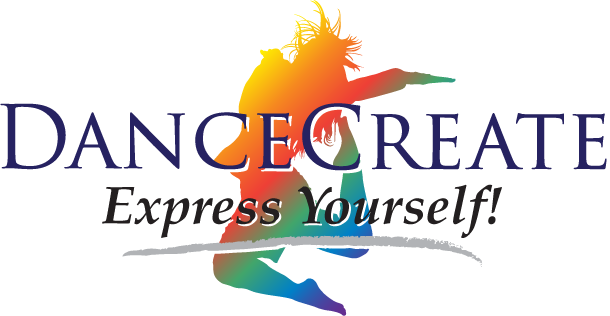DanceAbility Tips: Pushing Through The Pushback
It’s too often been my experience that whenever I want to accomplish something of importance - whether it be putting up a show, getting myself to class, dropping some weight, etc. - I have always experienced the phenomenon of feeling like the universe is pushing back on me and the goals I have. It can feel like the universe is trying to prevent me from attaining the very thing that I just set out to accomplish.
From the amount of stops on a goal I sometimes face, any rational person might think to themselves “I shouldn’t be doing this!” To experience so much confusion can easily get in the way.
I’ve actually begun to feel like the universe is playing a game with me, and testing how bad I really wanted something by putting so many obstacles in my way. Now, these obstacles have become a fun game, and I laugh at the universe as it challenges me! I know that the greater the challenge, the greater the reward. So I’ve learned to push myself in a good-humored manner to not give up!
“Experience over time has taught me that the greater the pushback, actually, the more success I have on the other side. I call this pushing through the pushback.”
Through directing, choreographing, and teaching, I’ve experienced lots of pushback as it affects my students, and I’ve learned how to guide them through it as best I can. Here’s a real-life example of pushing through the pushback, as told by my former student, and our Business Operations and Program Development Manager Leah Zeiger:
“When I was 15, I was in Maria’s Advanced Dance class at South Pasadena High School. We did our Winter Shows right after we got back from winter break, usually, so when my family took a ski trip to Mammoth just after Christmas, I was playing the music from the pieces I was in over and over on my iPod. As a Sophomore, I was the Vice President of our company, I was dancing in about half of the show’s lineup, and had choreographed three or four of those numbers. Some of the pieces weren’t quite finished - in true high school fashion, many things were completed at the last minute - so I was also working out some of the final touches of my choreography after long days of hitting the slopes.
On the second to last day of our trip, I had a particularly good run on one of the Double Black runs on the mountain, and told my Dad I’d race him to the bottom of the lift so we could fit in one last run before the lift closed. The powder that day was so thick that it stuck to the back of my ski, and as I caught some air on one of the moguls the powder weighed me back, so I leaned forward to compensate. On landing, the front of my skis got stuck in the powder, and I tumbled hard. I broke the binding on my right ski as my knee twisted behind me. I heard a pop.
I had to get a toboggan ride down the mountain, due to my broken ski, even though I was convinced I had just “tweaked” it and I’d be fine. By the next day, my knee was so swollen that we decided to go to the ER. It didn’t take long for the doctor to conclude that I had torn my ACL.
I cried Maria sobbing. I told her I had hurt myself, that I’d need surgery, and that I couldn’t perform in the show that was going up in just two weeks! I felt like I’d let her and the whole company down. She chuckled and said ‘Leah, don’t you know, dancers don’t ski!’ and her humor helped me calm down a bit. While she knew it’d be a challenge to fill all of my parts last minute (we called in many favors from some dedicated alumni), she wasn’t worried, because she knew how to guide me through this ultimate moment of pushback.
When I got back to school, I was on crutches and had a knee brace running from my thigh to my ankle. I managed to teach the remainder of the choreography I had thought up in my head so that my pieces could still go up. Alumni picked up my parts quickly, and were gracious in coming to our rescue. The only thing that couldn’t be salvaged was my solo - or so I thought.
Maria pulled me aside at the beginning of practice the week before the show and asked what my solo was going to be called. I laughed, though I thought it was a cruel thing to make a joke about. But she wasn’t kidding. She told me to ‘put it in the dance’ - which was a lesson she instilled in me time and time again, and which would ultimately be one of the principles of my dancemaking which holds the deepest importance. She told me to get creative, to use the injury as a part of the piece. ‘Dance in a chair!’ she said. It seemed so obvious. I got to work.
Ultimately, the performance was transformational to me. I hobbled onto the stage with crutches, wearing a gray and black simple costume, and sat down. I held my knee tenderly, I pushed it away with frustration, I moved through my confliction and I ultimately rose and silently vowed to keep going. It was a short solo, it was the only piece I was able to perform in, but it was an incredible feeling. It taught me that I could overcome anything.”

